Food & Drink
Homebrewing 101: Grabbing a Cold One Will Never Be the Same
If you prefer your water with barley and hops, you must be intrigued by the homebrewing concept. It seems like ever since Millennials have reached drinking age, homebrewing never stopped growing in popularity and soon enough, it might even surpass the “we should buy a bar” trend.
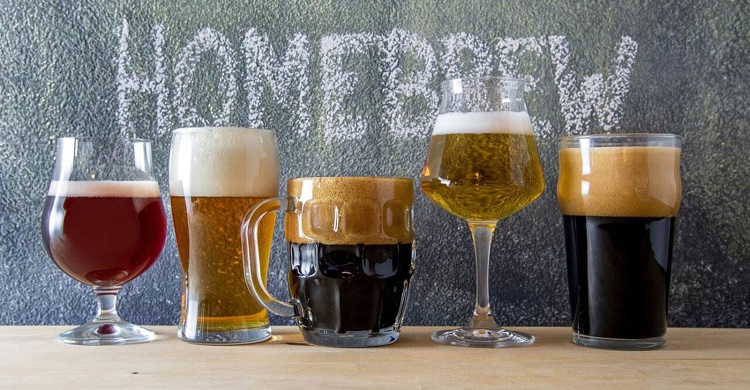
Homebrewing is an excellent way to become part of a centuries-old tradition and it’ll make you appreciate beer even more. You don’t need to spend a ton of money to start homebrewing, and yet it makes an awesome hobby. Moreover, you’re in control of the ingredients you use, so you can make your beer healthier or make it taste exactly as you want it.
Once you start brewing your own beer, grabbing a cold one will never be the same. You’ll constantly learn new and interesting tips and tricks to make your beer taste better, but even after the first batch, you’ll overflow with joy and pride. If you’re an absolute beginner, continue reading to find out how to get started with homebrewing.
There’s a Tool for Every Job
If you’re new to the homebrew world everything might seem difficult and complex in the beginning, but fear not because everyone can brew great beer at home. You just need to find a well-stocked homebrew shop that’ll have your back from start to finish, and you’ll be sipping on your own delicious craft beer in no time.
You know how they say that there’s a tool for every job? Well, this applies for homebrewing as well. If you don’t want to shop for essential items separately, look for a homebrew shop that offers starter kits which are specially designed to help you make superb quality craft beer from the very first batch. These starter kits contain everything from ingredients to necessary equipment and as soon as you get a hold of the technique, you can proceed to a more advanced method of homebrewing.
If you decide to shop for homebrew supplies separately, here’s a list of the essential items you’ll need.
- A brewing pot or a kettle
- Fermenter
- Air Lock
- Sanitizer
- Hydrometer
- Thermometer
- Measuring tools
- Stir spoon
- Caps
- Bottles
Although the list is long, a basic set up won’t cost you more than 200$ and the ingredients you’ll need depend on the type of beer you want to produce.
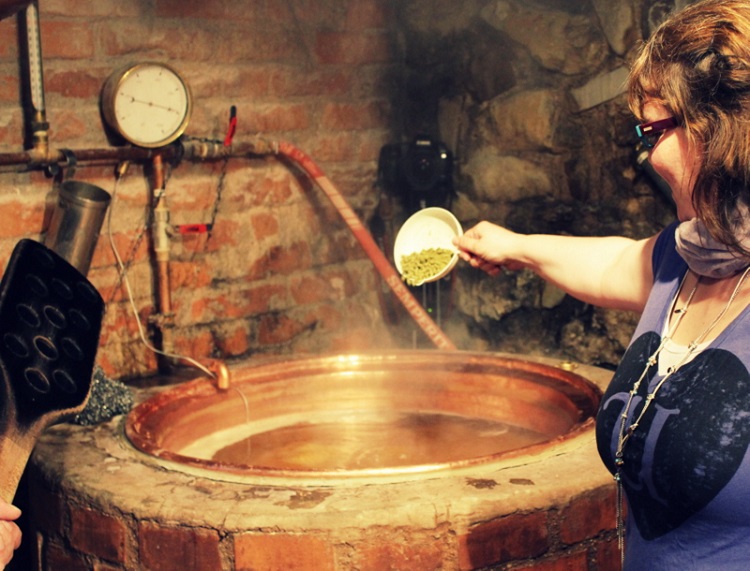
Basic Ingredients
Hops are the flowers of the Humulus lupulus plant that’s used as a bittering, flavouring and stability agent in beer. The sweetness of the malt requires an opposing taste which is why bitter hops are added to the mixture during beer production. Moreover, hops act as a natural preservative thanks to their antibacterial properties. There’re over fifty different varieties of hop flowers all of which help create different beer flavours.
Brewer’s yeast is another key component of beer because, without it, you’ll end up with a strange, brownish liquid that has an odd taste. Brewer’s yeast is responsible for the two most important factors of a good beer: alcohol and carbonization.
The next on the list of basic beer ingredients is malt. Usually, beer is brewed from malted barley, but many breweries also use oats, wheat, rye, rice or corn as cheaper alternatives. Malted barley is used as a source of fermented sugar which is a very important component for yeast. This sugar adds a bit of sweetness in the final product, but the flavour greatly depends on the type of grains used in the production process. If you use cheap malt, you can’t expect the beer to have a rich, complex aroma.
Last but not least, water. Beer contains over 90% water, so it’s extremely important to use good water for homebrewing. The golden rule states that if the water is good enough for drinking, it’ll be good enough for beer production. Water should be free of chlorine and other helpful substances, but it should still contain traces of minerals. These minerals are important for the fermentation process because they “feed” the brewer’s yeast.
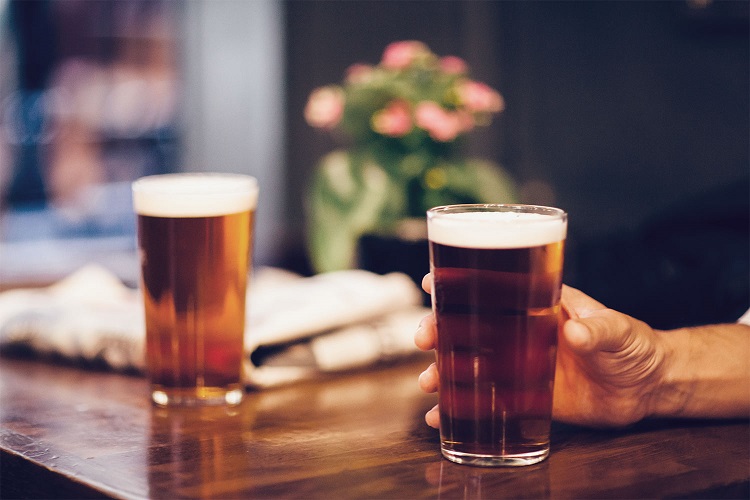
Two pints of beer on wooden table. Humand hand grabs one of them.
Distinctive Aromas
When shopping for aussie home brew supplies, you’ll be amazed by the vast range of homebrew ingredients on the market. If you want to create distinctive and unique aromas, you can buy various spices, aromatic herbs and flavor boosters and use them to upgrade the four basic ingredients.
For instance, you can infuse darker beers with a strong coffee aroma to give them an even richer note, or you can add fresh cherry aroma to red ales, porters and blonde beers to create a well-rounded sweet flavour. Flavour boosters can be added into the brew prior to bottling or you can add them per bottle prior to carbonation.
Some homebrewers also use coriander, cinnamon or cloves to enrich their craft beers. At first thought, beer seems like a very simple drink, but that is far from the truth. Each little detail contributes to the complexity and richness of the aroma. The longer the list of ingredients, the more unique your beer will taste.
What is Pasteurization and How It Will Affect the Taste?
Pasteurization is the process of preserving foods and drinks by eliminating pathogens found in products such as milk, juice and beer. Pasteurization extends the shelf life of beer by neutralizing the active yeast in the bottle. Pasteurized beer will be more stable over a longer period of time, but it may have a slightly milder taste and lack of freshness compared to unpasteurized beers.
What’s the Shelf Life of Craft Beer?
Some beers should age while others are best consumed fresh. The average shelf life of homebrew beers depends on the type of beer, alcohol percentage, storage and pasteurization. Usually, an unpasteurized beer with 5% alcohol has a shelf life of about 4 months to 1 year, depending on the hops and filtration method. After some time, the beer might lose some of its freshness and taste, but it won’t spoil.
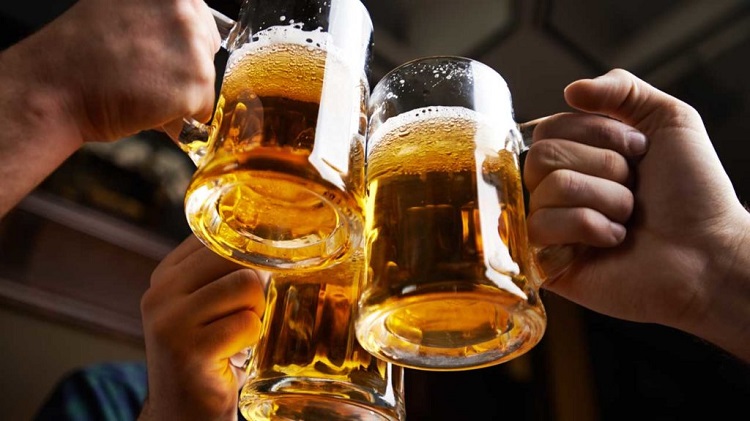
Final Thoughts
Homebrewing can be a truly amazing hobby. Combining raw ingredients together and experimenting with different flavors to produce something delicious is a very rewarding and satisfying experience. If beer is your weapon of choice, you should definitely consider brewing your own and experience craft beer like nothing before.


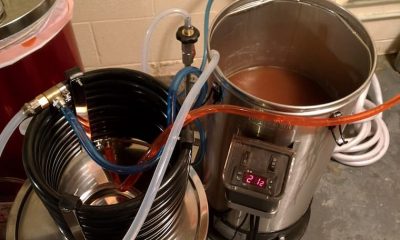
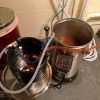


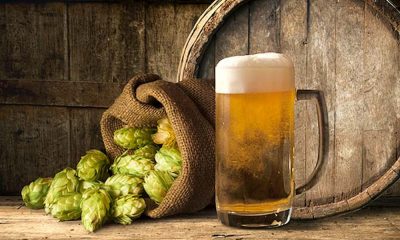

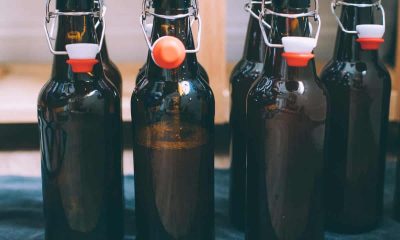
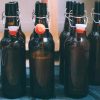










You must be logged in to post a comment Login